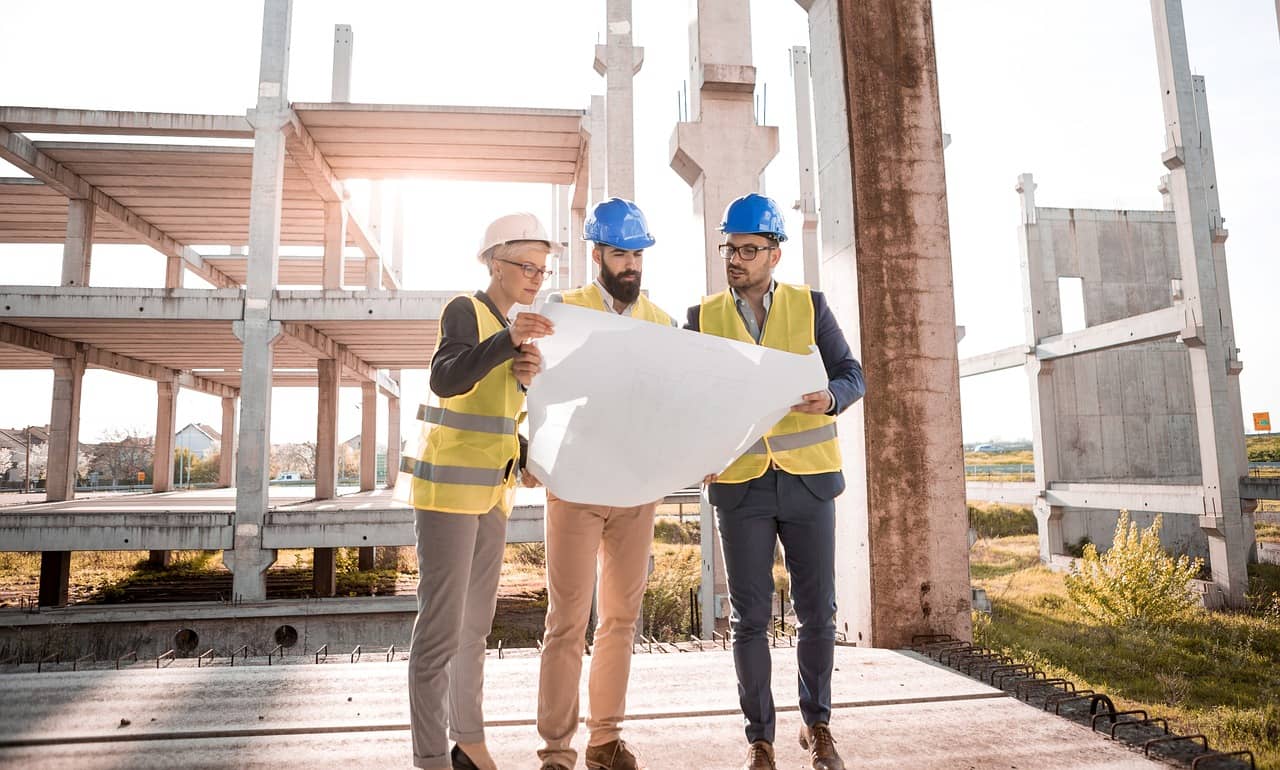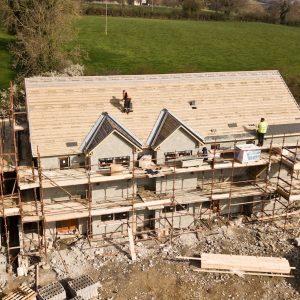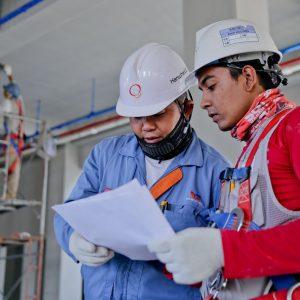Table of Contents
Choosing to have a property built for you or even buying a new build from the plan is an exciting option. You get as close to your dream home as possible and the best part is that the price difference isn’t that great. Sure, you’ll have to wait a little longer for the property. But, it is worth waiting for your dream home!
Unfortunately, the dream doesn’t always end perfectly as many new owners discover an issue. In the first instance, this will be brought to the attention of the builder. But, if the issue isn’t resolved and you are withholding payment for the property, you’ll quickly find yourself dealing with the building and construction industry security of payment act, and a potential court case.
That’s why it’s essential you know what classifies as a construction defect and who is responsible for them.
What is a construction defect?
The official description of a construction defect is when a finished or partially finished construction fails to perform as it should. This applies to all types of structures. For example, a new bridge has wire cables and they snap in the first month, which tells you there was a construction defect as this should not have been possible.
Equally, a newly built house that has a leaking roof is not doing its job properly and the roof needs to be repaired quickly to prevent damage from occurring to the wooden structures inside the property.
These are visible and fairly obvious construction defects. Unfortunately, in many cases, it’s not this easy to spot a construction defect. Many construction defects are referred to as latent defects. This simply means they are not noticed at the time of purchase.
However, the defect is present and gradually grows, until it becomes visible. This process can take years and complicates the matter of responsibility and getting the issue dealt with.
All is not what it seems
It is important to note that a visible defect is often caused by the real defect and you’ll need to look deeper to make sure the problem has been identified and is then resolved. For example, a crack in the exterior façade may look like an issue with the façade and the property needs to be re-finished.
However, this crack can be a sign of an underlying issue. For example, the property may have settled and caused the crack. Once settled the property is unlikely to move anymore and the crack can be patched
But, if the crack is a sign that the property has been inadequately supported then the crack will gradually get worse, giving serious issues in the future.
That’s why it is essential to have any defect checked properly to establish what it is before you take your next step.
Establishing responsibility
The property owner will want the defect to be the responsibility of the builder so that there is no cost to them to repair it. Equally, the builder will want it to be your issue, ensuring you pay for it.
Liability is generally split between the constructor, the designer, and the owner.
Constructor
The constructor seems like the most likely party to be at fault. However, if they have followed the plans properly and used approved building materials and techniques, then any faulty is not a result of their work but an issue with the design of the property.
Of course, if they have ignored parts of the plan or used alternative building materials they are liable and will need to rectify the issue.
Designer
The designer is qualified to calculate loads, whether certain materials are suitable, and a variety of other qualities integral to the structural integrity of the house. Therefore, if there is a structural issue and the house has been built according to the plans, the designer is at fault. They will have miscalculated something and they will be liable for the repair of the property.
Designers are often contracted to inspect the work while it is being done. That means they can be liable for defects that should have been noticed in a routine investigation.
Owner
Finally, in most cases, the owner doesn’t bear any responsibility for the build and subsequent construction defects. However, if the owner has inputted information into the project that has been relied on then the owner could end up liable for the defect.
It’s worth being aware of that when planning your property and deciding your level of input.
You should also note that the manufacturer of materials can be found responsible for construction defects if the materials have not been created to the correct standard. This can generally be harder to prove but it is important to note it’s a possibility.
Dealing with construction defects
If you are looking at construction defects the most important thing you can do is have an independent survey completed to locate the source of the issue. This will help you to identify who is responsible and take the right steps to deal with the issue. That will make it easier to get it resolved and start enjoying your property again.





